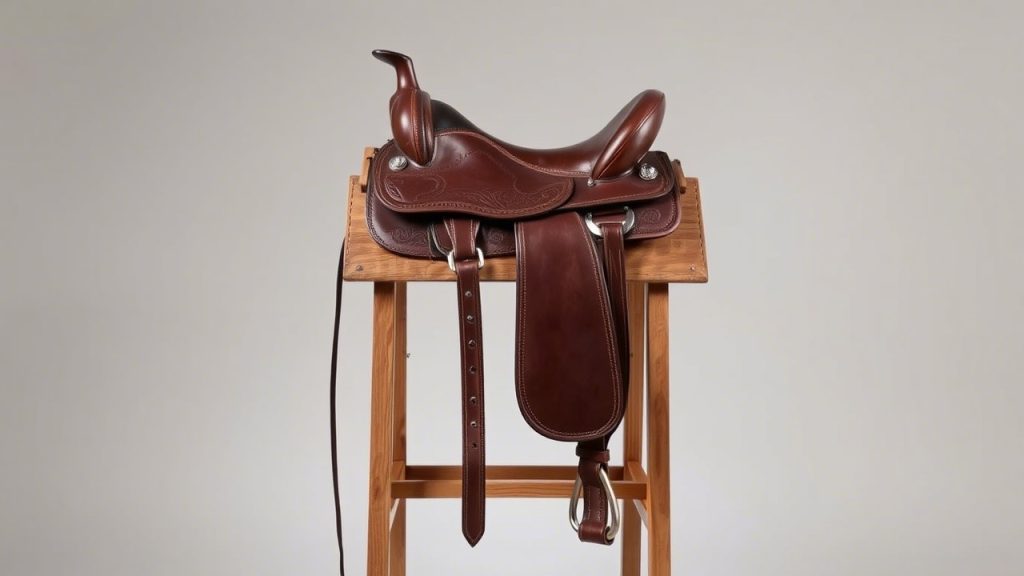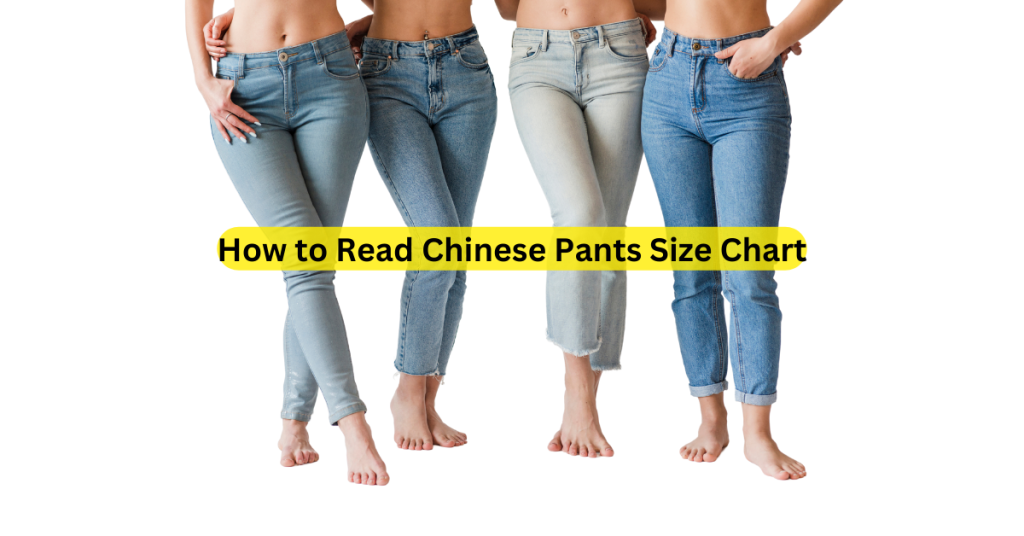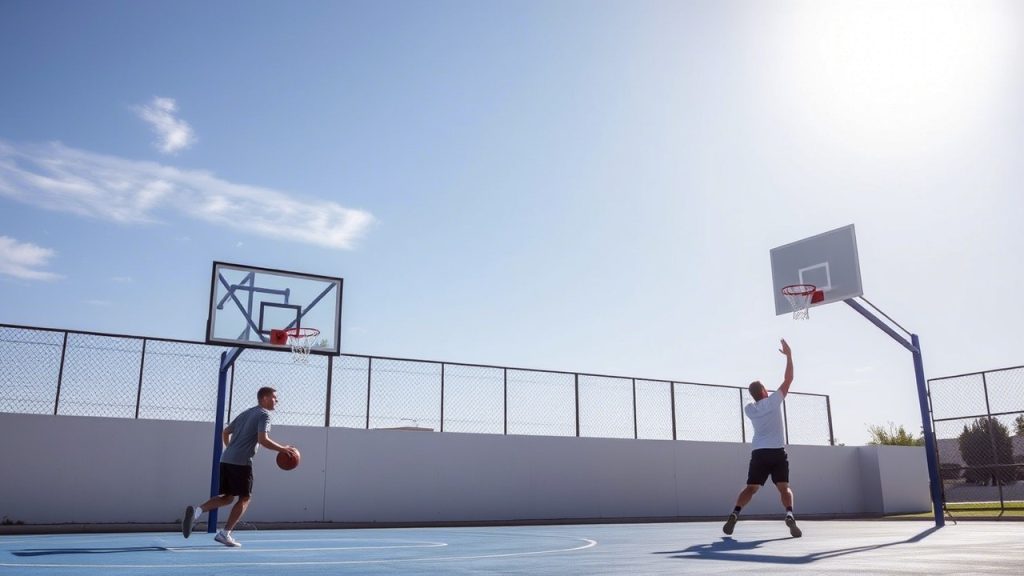Long rides are a joy for equestrians, offering hours of connection with your horse and the open trail. However, chafing a painful irritation caused by friction between your body and the saddle can turn an enjoyable ride into a miserable experience. The right saddle can make all the difference, minimizing friction, enhancing comfort, and ensuring you and your horse stay happy on extended journeys.
We’ve selected the 6 best saddles to prevent chafing on long rides, focusing on comfort, fit, and innovative design features. These saddles cater to trail riding, endurance, and all-purpose disciplines, covering both English and Western styles for various budgets. We’ll also provide a 30-day plan to optimize your saddle’s benefits and include 9 frequently asked questions to address common concerns. Let’s explore the best saddles to keep you chafe-free and riding strong!
Why Chafing Happens and How a Saddle Helps
Chafing occurs when repetitive friction, combined with sweat and pressure, irritates the skin, often on the inner thighs, seat bones, or lower back. On long rides, improper saddle fit, rough materials, or poor rider positioning can exacerbate this issue. A saddle designed to prevent chafing offers:
- Smooth Materials: Soft leather or padded surfaces reduce friction against the rider’s skin.
- Ergonomic Design: Deep or padded seats distribute weight evenly, minimizing pressure points.
- Proper Fit: A saddle that fits both horse and rider prevents excessive movement that causes rubbing.
- Ventilation: Breathable materials or designs reduce sweat buildup, a key contributor to chafing.
- Shock Absorption: Flexible trees or cushioning systems reduce jarring, stabilizing the rider.
By choosing one of the 6 best saddles to prevent chafing on long rides, you can enjoy hours in the saddle without discomfort. Let’s dive into our top picks.
How We Chose the Best Saddles
We evaluated saddles based on the following criteria:
- Comfort Features: Padded seats, gel cushioning, or ergonomic designs to reduce friction and pressure.
- Material Quality: Smooth, durable leather or synthetic materials that minimize skin irritation.
- Fit and Adjustability: Adjustable gullets, tree sizes, and panels for a secure fit on various horses.
- Discipline Suitability: Saddles optimized for trail, endurance, or all-purpose riding, ideal for long rides.
- Ventilation and Sweat Management: Designs that promote airflow to reduce moisture buildup.
- User Reviews: Feedback from riders on comfort and chafing prevention during extended rides.
- Price Range: Options from budget-friendly to premium to suit all budgets.
These saddles are perfect for riders seeking comfort on long rides, whether for casual trail adventures or competitive endurance events.
The 6 Best Saddles to Prevent Chafing on Long Rides
1. Tucker High Plains Trail Saddle
- Price: $1,800-$2,200
- Discipline: Trail (Western)
- Best For: Trail riders
- Why It’s Great: The Tucker High Plains features a Gel-Cush seat for exceptional comfort and ErgoBalance stirrups to reduce knee strain. The smooth leather and flexible tree minimize friction and ensure a secure fit for long rides.
- Chafing Prevention: The padded seat and smooth leather reduce friction on the rider’s seat bones and thighs, while the wide tree options prevent horse discomfort.
2. Wintec Wide All-Purpose Saddle
- Price: $700-$1,000
- Discipline: All-purpose (English)
- Best For: Budget-conscious riders
- Why It’s Great: This saddle offers a medium-deep seat with CAIR cushion panels for shock absorption. The synthetic material is smooth and easy to clean, and the adjustable gullet fits wider horse breeds.
- Chafing Prevention: The smooth synthetic surface and padded seat minimize friction, while the CAIR system reduces jarring that can cause rubbing.
3. Bob Marshall Deluxe Endurance Saddle
- Price: $1,600-$2,100
- Discipline: Endurance
- Best For: Endurance riders
- Why It’s Great: This treeless saddle conforms to the horse’s back, offering close contact and flexibility. Its lightweight design and padded seat ensure rider comfort over long distances.
- Chafing Prevention: The treeless design eliminates hard edges, and the padded seat distributes weight evenly, reducing pressure and friction.
4. Circle Y Omaha Flex2 Trail Saddle
- Price: $1,900-$2,300
- Discipline: Trail (Western)
- Best For: Long-distance trail riders
- Why It’s Great: The Flex2 tree provides flexibility for horse movement, while the padded seat and pre-turned fenders enhance rider comfort. The smooth leather promotes airflow to reduce sweat.
- Chafing Prevention: The smooth leather and padded seat minimize friction, and the flexible tree prevents excessive movement that causes rubbing.
5. Ansur Excel Treeless Saddle
- Price: $3,200-$4,000
- Discipline: All-purpose
- Best For: Multi-discipline riders
- Why It’s Great: The treeless design molds to the horse’s back, offering close contact and versatility for trail, endurance, or dressage. The padded seat and smooth materials ensure comfort.
- Chafing Prevention: The soft, padded seat and lack of rigid tree reduce friction points, promoting a chafe-free ride.
6. Tex Tan Hereford Flex Trail Saddle
- Price: $1,600-$2,000
- Discipline: Trail (Western)
- Best For: Casual trail riders
- Why It’s Great: The flex tree reduces pressure points, and the padded seat ensures rider comfort. Its affordable price and smooth leather make it accessible and practical.
- Chafing Prevention: The smooth leather and ergonomic seat design minimize friction, while the flex tree stabilizes the saddle to prevent rubbing.
How to Prevent Chafing with Your New Saddle in 30 Days
A saddle designed to prevent chafing is a great start, but proper use and rider habits are key. Follow this 30-day plan to optimize your saddle’s benefits and enjoy chafe-free long rides:
1st week: Ensure Proper Fit and Comfort
- Day 1-2: Consult a saddle fitter to confirm the saddle fits your horse perfectly, avoiding pressure points that cause movement and friction.
- Day 3-5: Ride at a walk for 30–60 minutes, focusing on your position and the saddle’s feel. Check for any initial discomfort or rubbing.
- Day 6-7: Apply a thin layer of anti-chafing cream (e.g., BodyGlide) to sensitive areas and ride at a trot to test the saddle’s comfort.
2nd week: Build Endurance and Adjust Habits
- Day 8-10: Increase ride duration to 1–2 hours, alternating between walk and trot. Wear breathable, seamless riding tights to reduce friction.
- Day 11-13: Practice sitting trot to assess the saddle’s padding and smoothness. Adjust your position to sit deeper and avoid sliding.
- Day 14: Take a lesson with a trainer to get feedback on your posture and saddle fit, ensuring no unnecessary movement causes chafing.
3rd week: Refine Positioning and Gear
- Day 15-18: Ride for 2–3 hours, incorporating canter intervals. Focus on maintaining a balanced, centered seat to minimize friction.
- Day 19-21: Check your saddle for sweat buildup after rides. Clean it thoroughly to prevent rough spots that could irritate skin.
- Day 22: Record your riding to analyze your position. Ensure your thighs and seat bones aren’t shifting excessively, which can lead to chafing.
4th week: Test Long Rides and Polish Comfort
- Day 23-26: Plan 3–4-hour rides, simulating your typical long ride. Use moisture-wicking saddle pads to reduce sweat under the saddle.
- Day 27-29: Experiment with different riding apparel (e.g., padded shorts) to complement the saddle’s chafing prevention features.
- Day 30: Complete a 4–5-hour ride and evaluate your comfort. Consult your trainer or saddle fitter if any chafing persists.
This plan helps you leverage your saddle’s design to prevent chafing, ensuring comfort and enjoyment on long rides.
Tips for Choosing the Right Saddle to Prevent Chafing
- Prioritize Padded Seats: Look for gel-cushioned or padded seats to reduce pressure on sensitive areas.
- Choose Smooth Materials: Opt for smooth leather or synthetic surfaces to minimize friction against your skin.
- Ensure Proper Fit: A saddle that fits your horse prevents excessive movement, reducing rubbing for both of you.
- Consider Ventilation: Saddles with breathable designs or airflow channels help manage sweat, a major chafing contributor.
- Test Ride: If possible, try the saddle for a short ride to assess comfort and friction points before committing.
Additional Considerations to Prevent Chafing
Beyond choosing the right saddle, consider these strategies to further reduce chafing:
- Wear Appropriate Clothing: Seamless, moisture-wicking riding tights or padded shorts reduce friction and sweat.
- Use Anti-Chafing Products: Apply products like BodyGlide or Chamois Butt’r to sensitive areas before riding.
- Maintain Saddle Hygiene: Clean your saddle regularly to prevent dirt or sweat buildup that can roughen surfaces.
- Check Saddle Fit Regularly: Horses change shape over time, so re-evaluate fit annually to prevent movement-related chafing.
- Improve Rider Position: Work with a trainer to ensure a balanced, centered seat, minimizing unnecessary sliding or rubbing.
Frequently Asked Questions
1. How does a saddle prevent chafing on long rides?
A saddle prevents chafing by offering smooth materials, padded seats, and a secure fit that minimizes friction, distributes weight evenly, and reduces sweat buildup.
2. Can I eliminate chafing in 30 days with a new saddle?
Yes! With a well-fitted saddle, proper riding habits, and a structured plan, you can significantly reduce or eliminate chafing within 30 days.
3. Are Western saddles better than English saddles for preventing chafing?
Western saddles often have deeper, padded seats for stability, ideal for long trail rides. English saddles are lighter with smoother surfaces, suitable for all-purpose riding. Both can prevent chafing if designed for comfort.
4. How do I know if a saddle fits my horse to prevent chafing?
A saddle fits if it sits level, clears the withers, and allows free shoulder movement. A proper fit prevents excessive movement that causes friction. Consult a saddle fitter for accuracy.
5. Are treeless saddles effective for preventing chafing?
Treeless saddles reduce friction by eliminating hard edges and offering padded, flexible seats that conform to the horse, making them excellent for long rides.
6. What’s the best saddle for a budget-conscious rider to prevent chafing?
The Wintec Wide All-Purpose Saddle is ideal for budget-conscious riders due to its affordable price, smooth synthetic material, and padded seat that minimizes friction.
7. How do I maintain my saddle to prevent chafing?
Clean it regularly with saddle soap, condition leather saddles to keep them smooth, and store it in a dry, cool place. Check for rough spots or wear that could cause irritation.
8. Can riding apparel help prevent chafing with a good saddle?
Yes, seamless, moisture-wicking riding tights or padded shorts complement a saddle’s chafing prevention by reducing friction and managing sweat.
9. Why is sweat management important for preventing chafing?
Sweat softens the skin, making it more prone to irritation from friction. Saddles with breathable designs or airflow channels reduce sweat buildup, lowering chafing risk.
Conclusion
Long rides should be a source of joy, not discomfort. The 6 best saddles to prevent chafing on long rides—from the budget-friendly Wintec Wide to the premium Ansur Excel—offer padded seats, smooth materials, and secure fits to keep you chafe-free. Whether you’re a trail rider, endurance competitor, or all-purpose equestrian, these saddles provide the comfort and functionality needed for extended time in the saddle.
To ensure a chafe-free experience, choose a saddle from our list, follow our 30-day plan, and consult a saddle fitter to confirm the perfect fit for you and your horse. Pair your saddle with proper riding apparel and maintenance habits, and you’ll be ready for hours of pain-free riding. Saddle up and enjoy the journey!





